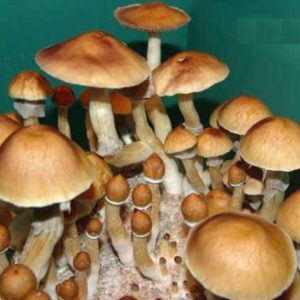Psychedelics have been accompanying humanity for millennia; and for a couple of decades of the twentieth century its cultural and scientific importance in the world was undeniable. Stigmatization and prohibition, however, stopped their study until a few years ago when it was possible to verify the usefulness of these substances in psychotic and mood disorders. This text explains what psychedelics are and exposes the need to establish new policies for psychedelic for sale and their use.

Fernando Pessoa
A substance called "soma" evokes a "euphoric, narcotic, pleasantly hallucinatory" sensation.
This Legal psychedelics drug, inspired by a substance consumed by the Brahmins in the Vedic period of India, maintains social stability in the novel through the immediate happiness of its characters.
The use of ayahuasca a psychoactive substance is as old as the human being.
For millennia, its effects have amazed man and served as a mold for building civilizations. Psychoactive plants are estimated to have been used during ritual ceremonies for more than 10,000 years.
Mushroom-shaped sculptures and temples have been found revealing the cult of its hallucinogenic effects (the Naturalname for psilocybin mushrooms, which means flesh of the gods).
dmt carts plays a fundamental role in worldview and is considered one of the four great brothers (along with corn, the eagle and the deer). This cactus populates most of its legends, is consumed in spiritual ceremonies and is the basic component of its cosmogony. It is not surprising that their traditional costumes and crafts are made up of bright colors and fractals, a direct influence of the hallucinations produced by peyote.
At the end of the 19th century, science rediscovered the effects of psychedelics. Experts introduce the sedative and euphoric properties of nitric oxide. Soon enough, the upper class began using it as a recreational drug under the name laughing gas. In 1897, mescaline (the psychoactive substance in Peyote) was identified and in 1918 it was synthesized by another German chemist.
One of the greatest scientists of the last century would change the study of psychedelics and much of contemporary culture. In 1938 he synthesized a substance called lysergic acid diethylamide(LSD) but it wasn't until 1943 that he accidentally discovered its effects. He was working in his lab when he unknowingly became intoxicated with the compound. As he cycled home, he began to feel that, although he was "pedaling and pedaling, time seemed to stand still." At home, he perceived "an uninterrupted flow of fantastic drawings, extraordinary forms with intense kaleidoscopic displays", the effects of LSD.
As more scientists turned to the study of psychedelics, researchers tested the substances on their patients and friends. This allowed anthropologists, psychiatrists, writers and philosophers to experience its effects and place their interest in this new way of altering the state of consciousness. Characteristic manifestations, such as perceptual distortion, visual hallucinations, ecstasy, and a sense of incorporation and union with the world, gave Legal psychedelicsa big reputation as a mystical drug.